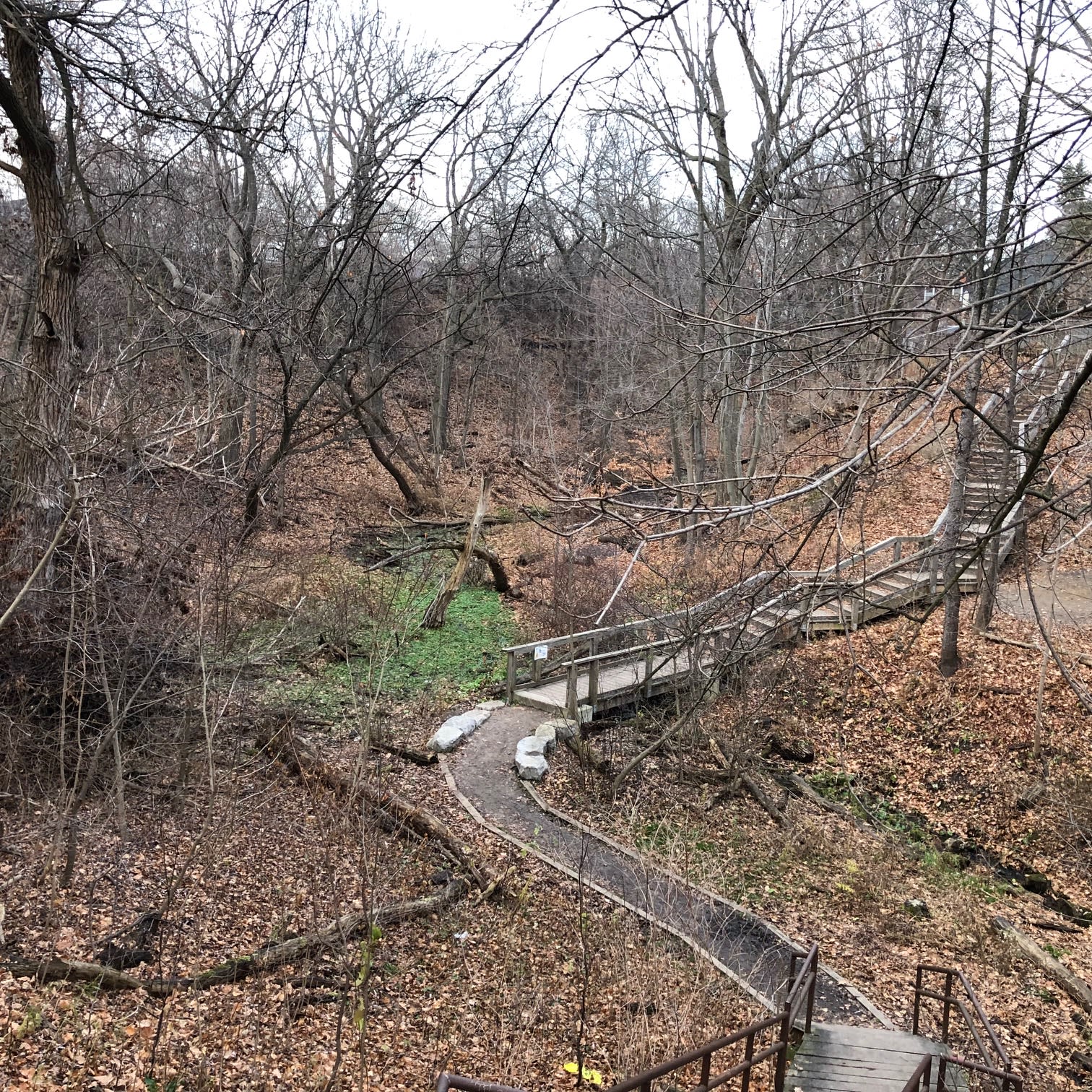CEO releases open letter to residents surrounding Small’s Creek
Metrolinx President and CEO Phil Verster has issued a letter to the Small’s Creek community.
Feb 4, 2022
Metrolinx recognizes the Small’s Creek ravine as a special place and respects its environmental significance to the community. With this in mind, we have taken several actions in response to community engagement including reassessing our plans, delaying work, meeting with neighbours and committing to a robust restoration plan. The GO Expansion program is moving forward to create an integrated, convenient and greener transit system, that helps Toronto and Ontario grow sustainably, while also minimizing the impacts to the ravine.
Outlined below are the actions we have taken as a result of our conversations with the community, to ensure Small’s Creek remains a special place in the community.
- We have delayed the construction for further community discussion and for Hatch, an independent third-party technical advisor, to complete a review of key alternative construction proposals
- We saved 60 trees by changing the construction laydown area and access path to the corridor
- Our robust restoration plan will plant 2000 trees with many planted throughout the ravine
- The GO Expansion program underwent an independent voluntary review by the Toronto and Region Conservation Authority (TRCA) on construction mitigation and restoration methods
- Our Small’s Creek restoration plan includes a restored pedestrian connection along the ravine
- Met regularly with the community to engage and inform
Alternative construction methods
Community members have asked Metrolinx to consider a different construction approach of the widening of the rail embankment to support the fourth track and electrification infrastructure. We reviewed the community’s proposals and it is evident that the original approach continues to have the least impact on the ravine.
One of the alternative approaches considered a buried bridge where the fourth track would be supported by buried pylons or piers. This approach would require a large access platform to be built through Merrill Bridge Road Park. This would lead to more trees being cut down for the enlarged access, laydown and construction area.
The approach recommended by our engineering consultants is known as “t-wall construction”, which use concrete panels that we can construct off site, and allows us to minimize our construction footprint and create space for replanting, once construction is complete. The ravine land at the bottom of the wall will be restored and replanted with the new slope having native grasses and shrubs.
During the planning stages of any Metrolinx’s project, we explore multiple options with a focus on creating infrastructure for the safe operation of trains and the protection of transit riders, neighbours and ravine users.
Vegetation protection & restoration
A review of the construction laydown area near Small’s Creek has reduced its footprint, saving 60 trees along the ravine, including several large red oaks. We are working closely with our partners at the City of Toronto and the Toronto and Region Conservation Authority (TRCA), to refine our restoration plan to significantly increase tree and vegetation planting to the most impacted areas.
The restoration plan for the ravine will return the ecosystem to its native vegetation, creating important habitat areas for wildlife. Our plan includes the planting of 2000 trees, exceeding the City of Toronto’s own compensation ratios and the planting of shrubs on the rail embankment to increase shade cover and habitat. We appreciate the community’s feedback and suggestions, and these additions are a direct result of your feedback.
Pedestrian Walkway
Community members have asked Metrolinx to construct a pedestrian walkway through the culvert connecting Merrill Bridge Park and Williamson Ravine. This new walkway would result in the removal of additional trees and would not benefit the ecological health of the ravine. Such a walkway is not required for the purposes of this GO Expansion project, nor does it enhance the ecological criteria for this project. In preservation of the ravine’s ecological restoration, Metrolinx would prefer to not remove trees beyond what is required for construction.
Re-establishing walking path
Metrolinx will re-establish a walking path in the ravine. This was in response to the specific request by the local community. There will be opportunities for the community’s involvement in determining the best options for this new path. We continue to explore options with the City of Toronto and are determining the necessary regulatory approval from the TRCA with respect to crossing the creek and working within the designated Environmental Sensitive Area.
We very much appreciate that all community members shared their ideas and concerns with us. Community input is an important part of shaping our projects, and this community’s engagement through monthly construction meetings, site walks and town halls has made a positive difference in our work.
By responding to community concerns, we have been able to reduce the scale of vegetation removal and have committed further restoration efforts with the planting of additional trees and vegetation to support the ecological function and importance of the Small’s Creek ravine in the public realm.
As we work to advance GO Expansion, we will seek to protect the ravine as we deliver the transit that is critical to serving the population of Toronto and surrounding region.
Kind regard,
Phil Verster – Metrolinx President and CEO
